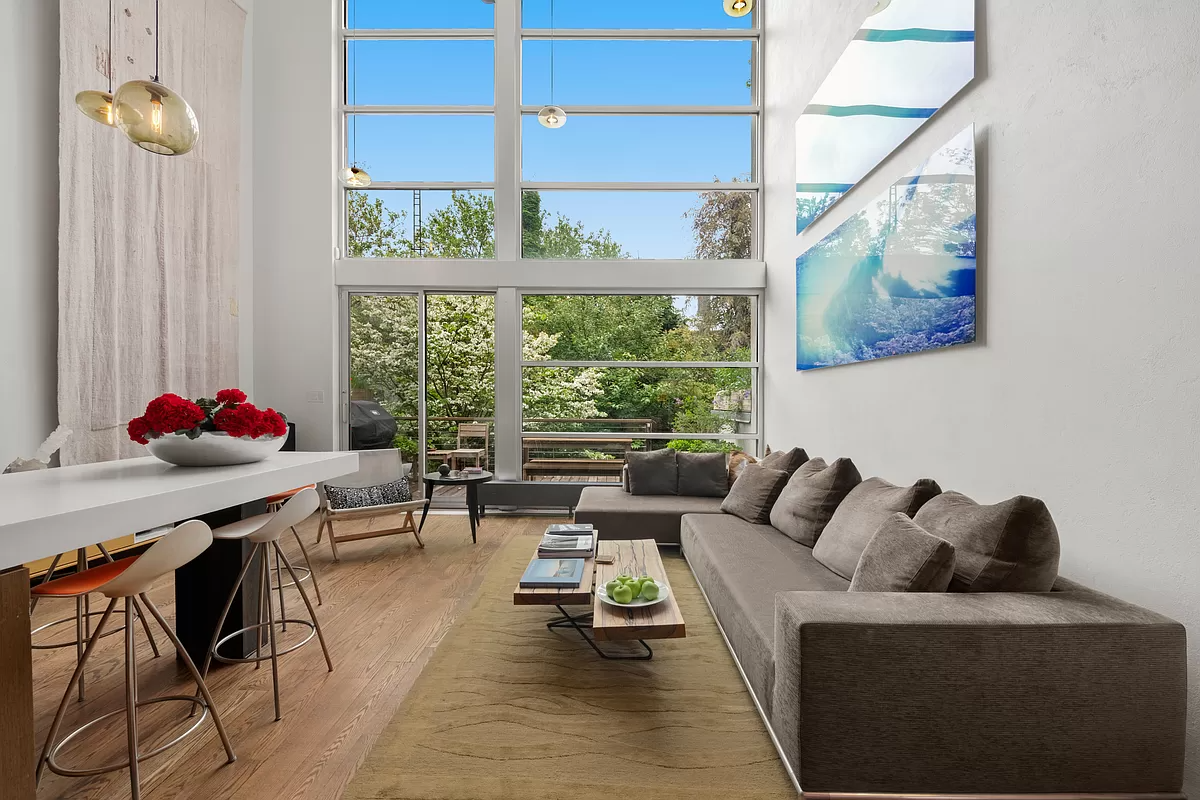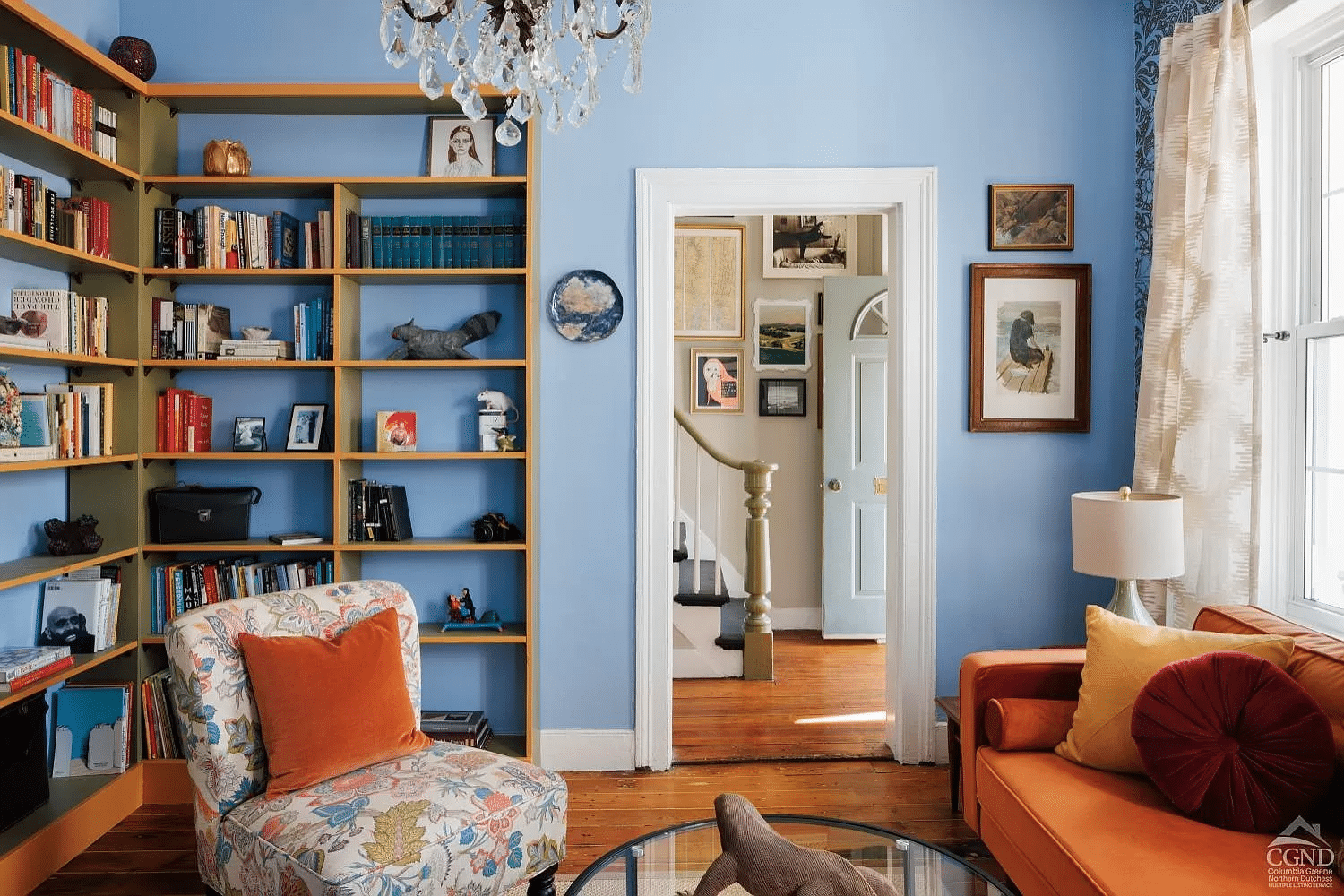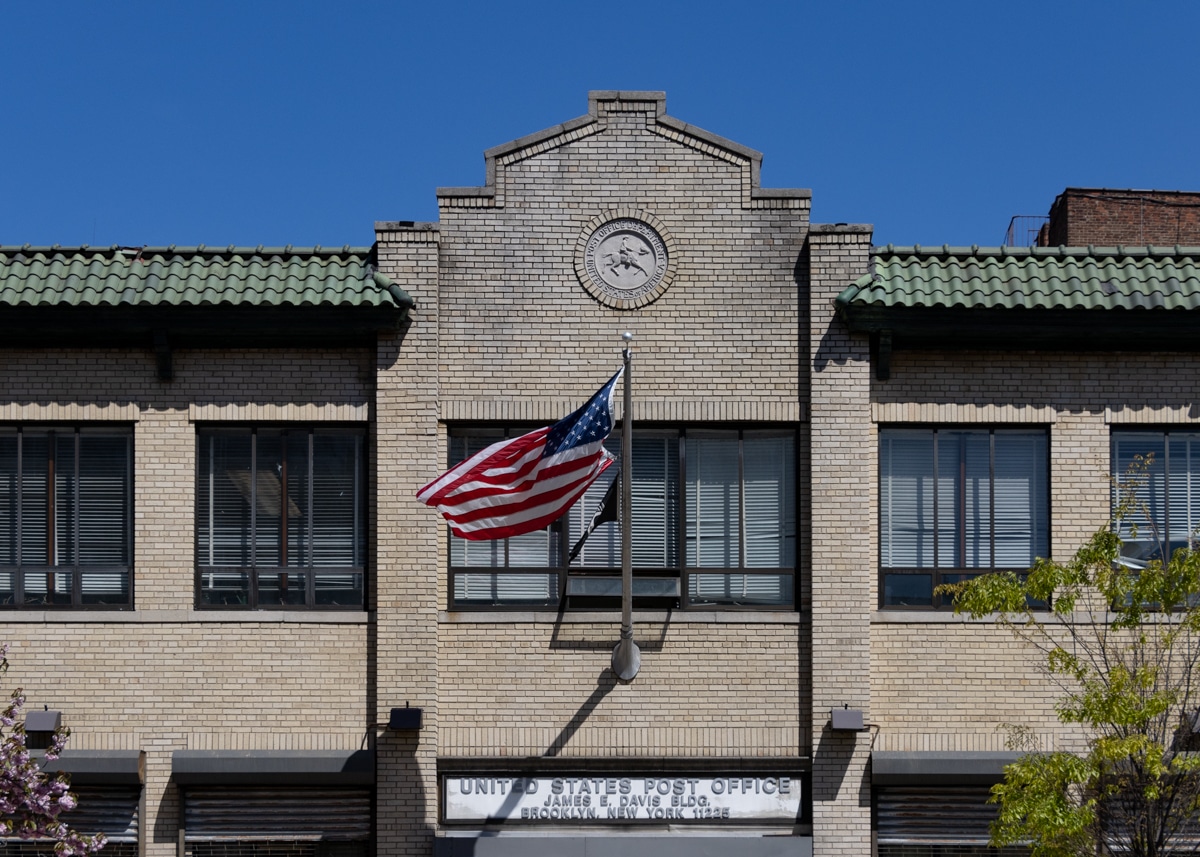Walkabout: A Partnership in Brick and Mortar
Read Part 2 of this story. There are many throughout history that have been good at what they do, but don’t achieve greatness until they partner up with someone who somehow inspires them to their best work. Artists, musicians, dancers, architects and other creative people often become great because someone else is at their side…

Read Part 2 of this story.
There are many throughout history that have been good at what they do, but don’t achieve greatness until they partner up with someone who somehow inspires them to their best work. Artists, musicians, dancers, architects and other creative people often become great because someone else is at their side supporting them. That support can be financial, personal, professional, or even antagonistic, but the results are great, and the rest of us are often inspired, moved, or otherwise benefit from that union. Today’s story is about a familiar architect and his much less well known developer partner. Together they built some of Brooklyn’s first late 19th century apartment buildings and in the process, advanced both their careers, and forged a friendship that lasted until death.
As I have told here often, Montrose W. Morris was one of Brooklyn’s finest architects. But when he was starting out, in the late 1870s, he was just another hungry architect looking for customers. He came along at a time when the field of architecture was finally getting some respect, and architects were becoming established as professionals, not just jumped up tradesmen. There had long been architects who had the respect and reputation of professionals, but the field was still trying to establish credentials and standards.
At that time, talented young men could apprentice with established practitioners and learn the business over the course of years, beginning as assistants, moving up to draftsmen, and finally designing buildings and getting them built. During that time, they had a hands-on education, learning about engineering, structure, materials, building practices, codes and regulations, as well as finishes, ornament, and perhaps even landscaping and interior design.
Others were going to school for this, studying at universities and colleges that were establishing both undergraduate and graduate programs in architecture and civil engineering. Here students learned many of the same things, as well as a more esoteric background of art, architectural history, and style. The pinnacle of this education was study abroad, usually available to only the wealthy, where a student would enroll in the prestigious L’Ecole des Beaux-Arts in Paris, or at least wander around Europe for a year, studying and sketching the great buildings of the Continent. When they got back, they would also work for an established firm, and end up sitting next to a guy who had worked in the office since he was fifteen.
Who was the better architect? It would seem that raw talent would out, no matter what the education. There have been great architects in both camps. Montrose Morris was one of the former. He had apprenticed for seven years with the firm of Charles W. Clinton and Hamilton Russell, a Manhattan firm responsible for some of that city’s finest Victorian-era buildings, such as the Apthorp and Graham Court Apartments, the 7th Regiment Armory, and the Masonic temple building that now is the City Center for dance. Clinton and Russell had taught this Brooklyn young man all they knew, and Morris was ready to go out on his own.
He was very, very ambitious. He was also smart. He was living in Brooklyn and wanted to work there, but knew that the clientele he wanted to reach worked in lower Manhattan. Unlike many architects who were content to start small and then grow into better things, Morris was not going to waste his time designing middle class row houses for some developer. He wanted commissions from Brooklyn’s wealthy elite. He wanted to design mansions, not cottages.
And so he needed to do two things. He needed to have an office that was easy for his targeted clientele to meet him in. These were busy financiers, merchants and businessmen who worked in Lower Manhattan, on Wall Street, or in their shipping offices and warehouses, and they would appreciate meeting an architect who was in their neighborhood, close to their places of business. So in 1883, he set up his office on Exchange Place. Perfect.
Then he needed to get his name out there. Brooklyn was growing fast, and was becoming flooded with architects and builders, some of whom were also very good. He needed a gimmick, a sales pitch that would instantly tell his prospective clients that he was a man of their taste level and refinement. And if they didn’t have any taste or refinement, he was the architect who could best give that to them. In a high society world, he would need to be able to hobnob with these people, and be their social equals.
He bought a large plot of land in the newly developing Bedford area, on Hancock Street, near Marcy Avenue. Since the opening of the Brooklyn Bridge in 1883, this area was developing fast with upper middle class speculative housing, and the city’s first high school was being built on Nostrand Avenue, only a block or two away from his property. Montrose designed a house for himself, one that would be a showcase of his talent and good taste, and also home for himself and the woman he had met, and intended to marry. The house began construction in 1885.
In 1886, Montrose held an open house, inviting the Brooklyn Eagle to cover this extravaganza, which they did with great gusto, describing every feature in the house. The reporter probably opened all of the closet and cabinet doors, as well, his descriptions were so detailed. According to the Eagle, 20,000 people attended this open house, although I highly doubt that. The purpose of the event was to show what Montrose was capable of, and what he could do with even a narrow, mid-block twenty foot row house.
It was packed with features that would become his signatures, including an open, double story parlor, with a gallery, which looked down on the space below. Every inch of the house was opulently decorated with tapestries, draperies, fine furniture and art. He had built-ins galore, including inglenook fireplaces, ornate wainscoting and all of the most modern conveniences. As the wealthy moved through the house, he explained that he could build this for them, as big and as expensive as they wanted. He was an excellent salesman, and his would-be clients were suitably impressed. One of those walking though the Morris house was so impressed; he gave Montrose his calling card, and made an appointment. His name was Louis Seitz, and he was going to change Montrose Morris’ life.
Louis F. Seitz was a developer. At the time he and Montrose met, they were both twenty-five years old, and both hungry for success. We don’t know much about where he came from or what his background was, but he was interested not in mansions or row houses, but apartment buildings. Seitz was also a smart guy. He looked at the long view and realized that there was a market that was not being addressed in Brooklyn.
Luxury apartments in large buildings had been a part of European city life for centuries. But here in America, the idea had never caught on. Americans liked their privacy, and especially for the wealthy, that translated into single family houses. Apartment buildings meant tenement buildings, and that meant poor people living on top of each other in horrendous conditions. Aside from that, apartment buildings meant a loss of privacy. You would be forced to socialize with people you saw in the hall, and worse yet, people stacked on top of each other could hear or see each other’s business.
But there was just not enough room for everyone, and going up was the only way to accommodate everyone. In Manhattan, luxury apartment buildings and residential hotels were being developed, and were very slowly gaining steam. Henry C. Clark’s Dakota Apartments, designed by Henry Hardenbergh between 1880 and 1884, was the first and finest of these luxury apartment buildings, with all the bells and whistles of a private house, including separate entrances of each wing on to an enclosed courtyard. Privacy and luxury could co-exist. If it worked in Manhattan, it could work in Brooklyn. Louis Seitz was going to be the man to do it. But he needed a good architect, and he liked what he saw in Montrose Morris.
Seitz was also a Brooklyn guy, and he too, could see that Bedford was the perfect place for his first venture in luxury apartment living. He bought the perfect plot, an entire block front along Nostrand Avenue, just across the street from the new Girls High School, not only a fine institute of learning, but a beautiful monument to the importance of the neighborhood. The first high school; a new innovation in public education, and designed for girls from the finest families, was not in Brooklyn Heights or even in Clinton Hill, it was in Bedford. And Mr. Seitz’s new apartment building was going to be right across the street, where everyone would pass it, every day.
These two young go-getters were excited. This building could kick their careers up several notches, and would bring fame and fortune. But the building couldn’t be ordinary, it needed to be spectacular, yet fit in with the high school and the rest of the developing neighborhood. It had to be beautiful, and it had to have all of the amenities of a fine private house, and each apartment had to be an elegant world unto itself. Could Montrose do this for Louis Seitz? Was he up for the challenge? GMAP
Next time: The Alhambra, the first of the Morris/Seitz collaborations begins construction. There were strikes, there were problems, and then there was great success. We’ll look at the Alhambra, the buildings that the duo produced after that, and take a look at their relationship and careers, all next time.











This is great stuff! MM was ahead of his time!